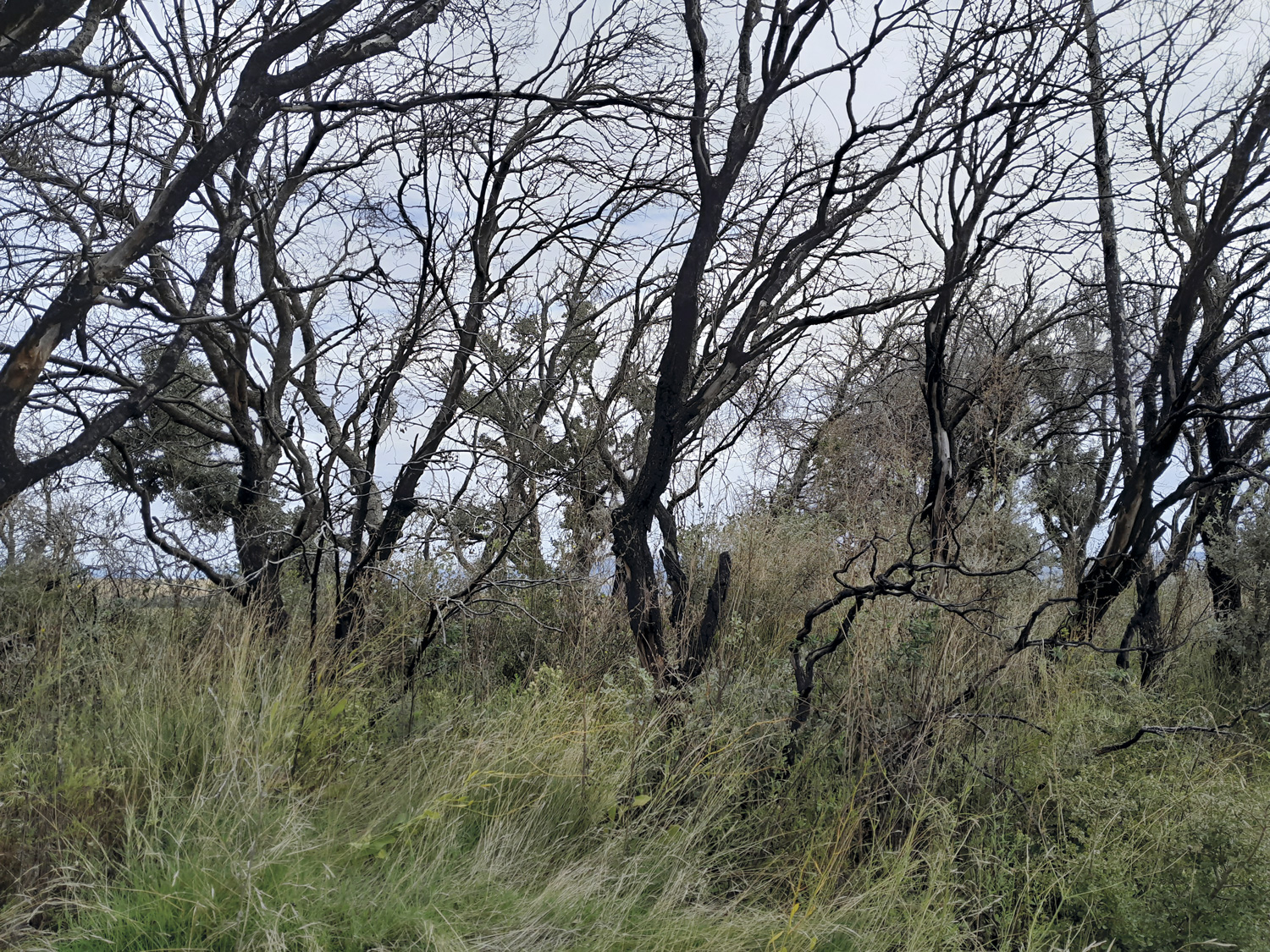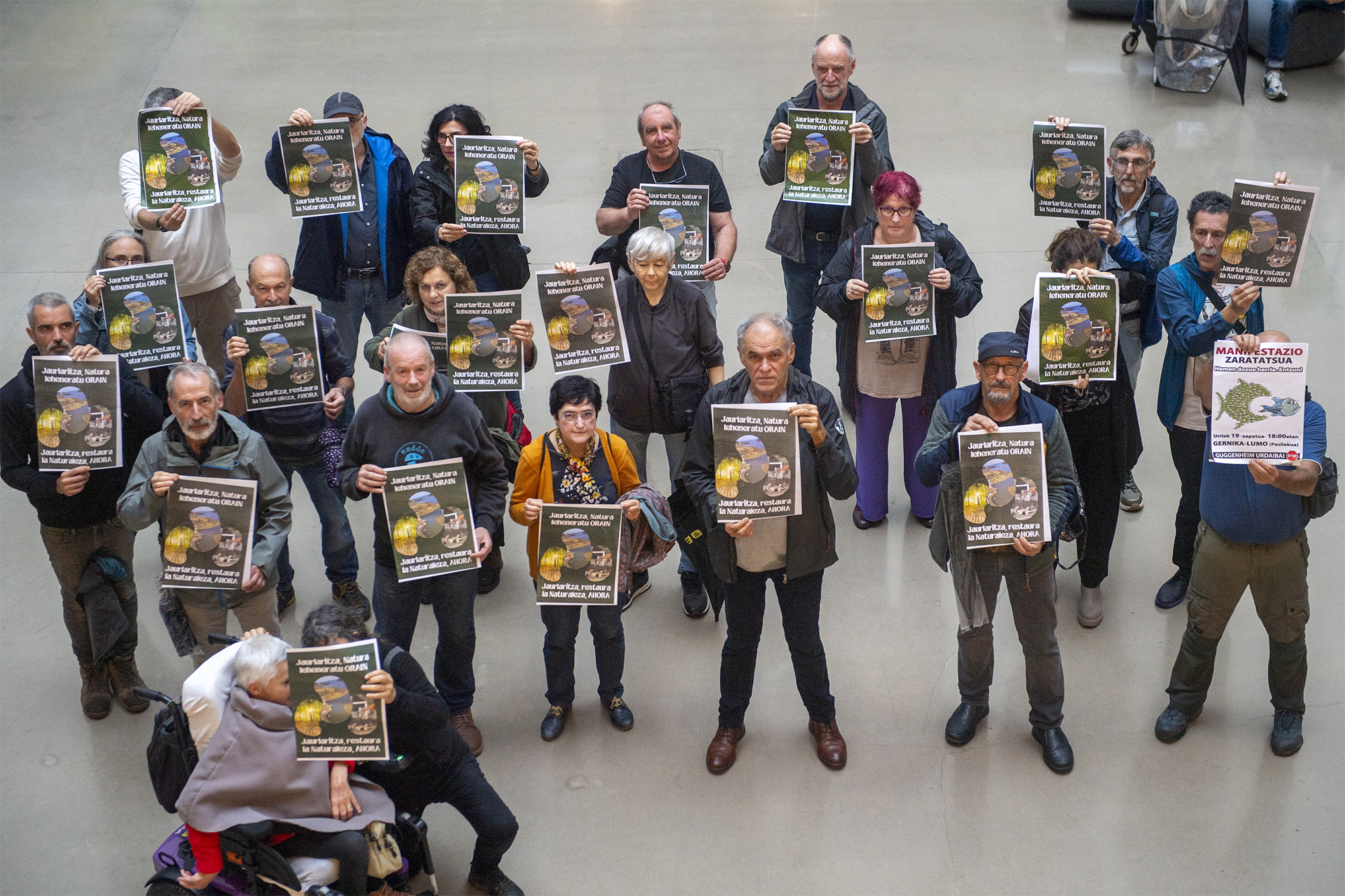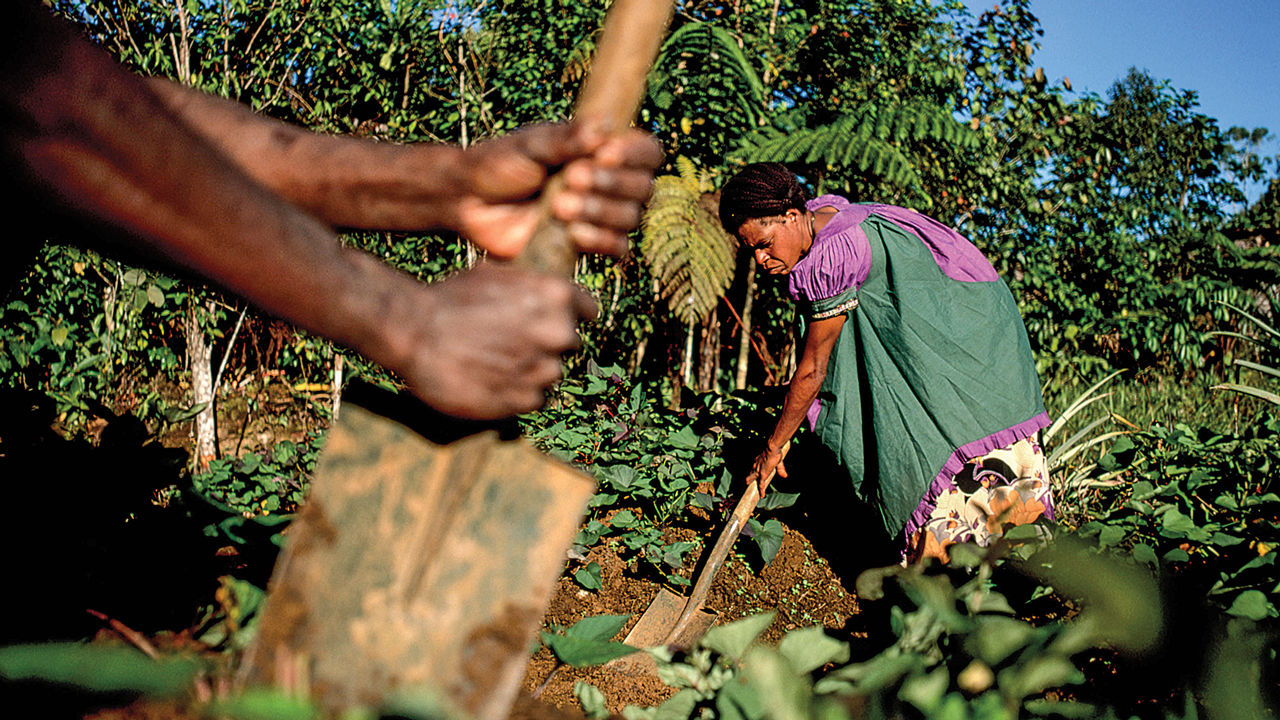The migration of trees is one of the solutions for the climate emergency of forests
- The forests of the world are in an increasingly serious situation, due to the fires caused by heat waves and droughts caused by climate change, among others. Although the climate has already changed in the middle and northern latitudes, so far the forests have been very little prepared for change, especially because of the inertia of the practices. One of the possible solutions could be to facilitate the faster migration of trees to the north. However, it cannot be considered a global response, but a local one.

As we become increasingly aware of the importance of forests in balancing the global climate, damage to forests is increasing to risk levels. Deforestation continues in South America, except in Chile and Uruguay, Africa, except in Morocco, Algeria and Tunisia, and in South-East Asia, especially in Indonesia, Myanmar and Cambodia, to produce and export beef, palm oil or soya after using wood. In addition to the tropical area, the average and boreal latitudes, the unusual heat waves and droughts caused by climate change, fires and tree diseases are added.
Although the president of Brazil, Lula, has managed to curb deforestation in the Amazon, this year’s fires in tropical areas of South America have been exceptional due to the drought caused by the Niño phenomenon. More than 46 million hectares have been burned, multiplying the area of the Basque Country by 23. It's written with ease. In addition, fires have started at a very early hour: On 10 June there have already been 1,315 fires, i.e. 1,188 more than on the same date last year, according to the Brazilian Space Research Organization.
Tropical forests are not the only ones affected by the fire: In Canada, 5.3 million hectares were burned in September and in Russia, mainly Siberia, 8.8 million were burned in July. We have no data since July, but the fires in Siberia, such as that in the Republic of Tuva, continued in August, although no injuries have yet been reported. As regards carbon emissions from fires, this year the second largest recorded in Canada in the last twenty years, compared to last year’s highest.
In boreal forests, fires are not the only risk associated with the carbon cycle and therefore the climate: As measured in Finland, boreal forests have captured much less carbon than was supposed in recent years, and they have started to emit carbon here and there. The Finnish natural resources organisation states that between 1990 and early 2010, forests caught around 30 million tonnes of CO2 each year and that in recent years they only absorbed 5 million tonnes of CO2. In recent times, forests have been unable to compensate for the emissions of crops and wetlands, let alone those of industry and transport, and the country’s carbon neutrality target is waning. The cause is not yet studied and quantified, but one of the main hypotheses is that in warmer, drier summers the mortality of trees increases, especially birch and red fir, which need a lot of water.
Local, indigenous and immigrants
In the places where monolandajes have been produced, such as the Pinus radiata which has been planted too much in the Basque Country and the eucalyptus which is replacing it, we have heard many times that priority must be given to local species. There are strong arguments for this: the original forest was more varied and diversity guarantees resilience, how to care for the global biodiversity that can prevent the collapse of the Forests of 2867 of ARGIA? As explained in Article 1.
In addition, originals adapt much better to local conditions than external species, since centuries have passed through the selection affected by these conditions. The latter is the great trait that is now beginning to disappear, especially in the middle and northern latitudes, as the life-cycle conditions of these indigenous species are changing rapidly and, although they are species of the traditional jungle, they are not as adequate as before.
In our mountains, for example, the warm, rainy summers that condition the presence of the beech will not see them as often as so far in the coming decades. The same is true in some counties, and there are different initiatives to deal with it. As the Grist Medium tells us, one of them has split north-west of the United States. In particular, the presence of a species that lives further south, or that, if they opt for an indigenous species, rather than the native species, brings others that grow further south. The idea is that if, in the next few decades, drier and hotter conditions are to be found, the grain raised in a southernmost region that already suffers from them will survive better. To do so, they have developed a specific instrument that advises the area from which young trees should be taken to plant in a given area.
So in Washington State, those who grow up in California survive much better than the bees that are grown there, because they're more resistant to dry summers.
Local responses to the global problem
However, the speed of this assisted migration should be taken care of, due to the variability of the temperatures that climate change brings: in the other we have warmer temperatures, but occasionally and here, a jet-stream curve can bring us polar air. Therefore, in addition to the heat of the future, young trees must be able to cope with unusual frost.
This assisted migration is not carried out massively anywhere but according to local conditions: in a healthy forest with native species and with a good level of integrity it is not urgent, but it can be of great help in a more fragile forest that suffers diseases or mortality. Despite the positive results, the adaptation of assisted migration can hardly be accepted. On the one hand, the usual monolandates take very little account of the ecosystem and have short periods of planting and cutting trees, too short to take account of climate change. On the other hand, for decades, experts in forest conservation have prioritized the use of locally grown native plants, precisely in order not to alter the ecosystem. This helps protect biodiversity, but in the long run it could only work in a world without climate change.
There are ways to increase biodiversity and resilience, when it is appropriate to plant local trees that grow in more arid and warm regions, such as the chestnut that has been made in Europe for a long time. The answer is to move or not touch Zaluegi, always with local incidence.
On 9 June, the Deputy General of the Provincial Council of Gipuzkoa, Markel Olano, and the Deputy for Economic Promotion, Tourism and the Rural Environment, Jabier Larrañaga, appeared in Donostia to present the Basotik Foundation. The director general of Montes y Medio Natural,... [+]
Would anyone say that the Amazon rainforest is an abandoned forest? Or that the protected areas of Costa Rica and Borneo are abandoned? Have we declared natural parks because Pagoeta and Aiako Harria are abandoned forests? In all these areas is the natural forest or the natural... [+]






















